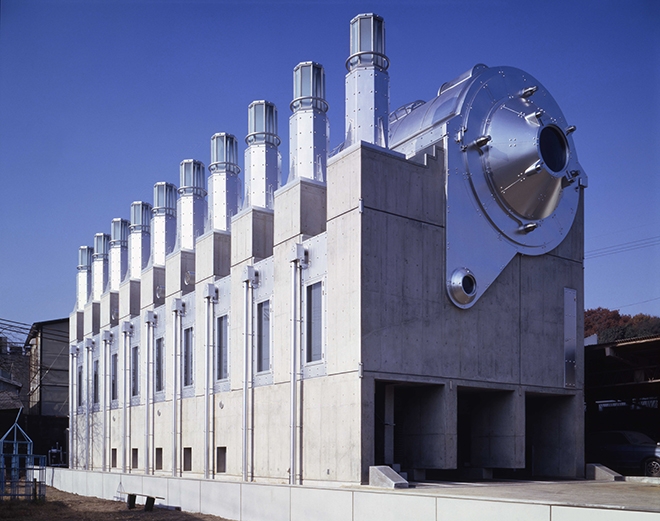
In his essay, ‘Technology and (Chinese) Ethnicity,’ Professor Darrell William Davis tries to reveal the relationship between by analyzing the surreal cyberpunk setting and the imaginary Chinatown space in three science fictional animations, Blade Runner (1982), Ghost in the Shell (1995), and Innocence (2004). In general, he illustrates that “imaginary Chinatown spaces are appropriated to model claustrophobic hyper-realities.” in both visual expression and social context. Moreover, he believes that among the inter-mediation of the literary works and its ethical background, “Chinatown feels familiar in these animated environments, yet it pushes toward defamiliarized, alien, life-like zones of informational identity.” He identifies that in these works, the environment could also be as alive and informative as the characters or even dominant the whole story, and an interchange between individual and environment could happen. Hong Kong as a typical and unique case is irreplaceable for the story of Ghost in the Shell, since the same urban anxiety and the multicultural condition are quite similar between the reality and the fiction. Then, he summarizes the relationship into IT-IE analogy, saying that it is some similar characteristics sharing by technology and Chinese ethnicity that make the visible environment could represent the invisible technology. And in some way, he believes that the animation could reveal more information since it is a fully re-mediation of the reality, than the film or photography, which is still limited by the reality conditions.
Of course, the interaction between technology and ethnicity should not stop at the animated interpretation. It is a continuous evolving process. The ethical environment would not only function as the passive referential material, but also a positive response to those surrealism stories, which could later stimulate more creative insights. In the film Metropolitan (1927), directed by Fritz Lang, the vital city setting is full of functional, eclectic architectures, while giant infrastructures going through multiple buildings, elevating the ground to different levels, forming a narrow, crowded vertical urban scenario. The strong machine aesthetic of the film deeply impressed Japanese architect Takamatsu Shin. He began to design buildings in very dynamic structure and strong distinctive forms, including his most representative work, ARK tower. The metal structure as well as the unique shape of the skylights, makes the building outstanding and a part of the city’s landmark. Inspired by Shin’s works, American director Tim Borton created another vital world, Gotham City, for his film Batman (1989). The concept visualization of Gotham City is more than the simple assembly of metropolitan architecture elements; it is a consciously inter-mediation of Shin’s mechanism and the original developed urban system, which makes it a prophesy of the future city. It is always astonishing to review this process where some specific concepts keep passing through the reality and the fiction. The gigantic machinery in a German science fiction film could metamorphose into some solid constructions in Japan, while these constructions again became the inspiration source of an American science fiction film.


Thus, if we look back to the relationship between technology and ethnicity, maybe it is not necessary to separate the visualization of the films or the constructed architecture, they are all the physical interpretation of abstractions. Just as Davis illustrates in his essay, the fictional interpretations have advance to push towards defamiliarized zone, where the real solid interpretation could catch up with. However, there must be something more general behind this transformation over half century. Is it an anxiety for the unclear social conditions, the lost before suspensive economic and social development, or the worship to the construction and machinery, in other words, the idea that man can conquer nature?
Mi Lan (3035332294)